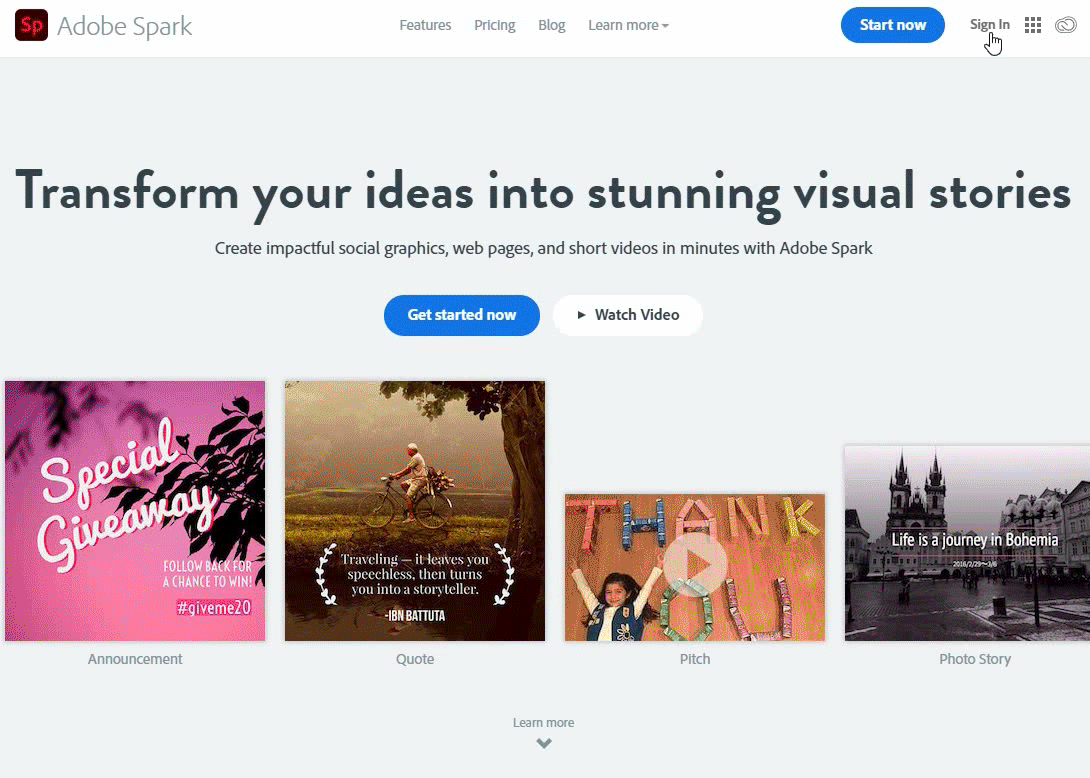


We’re not going to go into detail about the title/window/glideshow/split layout photo types here other than to mention that they essentially act the same as the “fill screen” photo type above as far as cropping behavior is concerned. Inline for example is very good for logos since you rarely want those stretched across the whole screen.Ī Note on “Title,” “Window,” “Glideshow,” and “Split Layout” Both photo types can be used to great effect depending on what the photo is and its context in the document. This isn’t to say that one photo type is better than the other. These image types are useful when you can’t sacrifice the cropping in order to achieve an immersive feel that a fill screen photo gives you. Note that you may need to scroll to see the whole image, but the whole image will be there. Neither type will do any cropping of the image. If you decide that your photo should not be cropped you can instead choose the “Inline” or “Full width” photo types. When you choose the “fill screen” photo type you are essentially telling Spark Page that you are willing to sacrifice cropping because it’s more important to keep the photo filling the entire screen.Įxplaining Option B - Don't Allow Cropping do we shrink the photo and put white bars on the sides so that the whole image is in view, or do we stretch and crop the image so that some portion of the image always fills the screen completely. Even if this photo perfectly fit on desktop, it wouldn’t fit at all on the phone. This is because the photo has a single aspect ratio, but will be viewed on screens with many different aspect ratios. This immersive effect comes at a cost: sometimes your picture will need to be cropped in order to accomplish it. Even if they resize their browser window or rotate their device the photo will always fill the entire screen. This effect makes your photo look really immersive on any sized device that your viewers may be reading it on. You don’t see any white gaps around the sides of the photo. If you rotate that device it changes the size of the screen (going from tall to wide or vice versa) and yet the photo still fills the whole screen. Notice that these photos always fill the entire screen on whatever device you are looking at them on. The image is not cropped, but the experience isn’t very immersive.Īll 5 people are always in view to all customers. How many people are shown depends on the size of the customer’s browser window. Some screens will show less than 5 people on the beach. The viewer gets a very immersive experience at the expense of cropping the image. As shown below there are two ways your viewers can experience this image in Spark Page: One of those customers is using a cell phone and the other is using a desktop. Let’s look at how this image would look to two customers viewing my Spark Page at the exact same time. Imagine that we have an image like this one of 5 people walking down the beach: If you don’t understand why that is the case, don’t worry! We’re going to walk through an example now to demonstrate. This means these images will be cropped in thousands of different ways all at the same time! This is because a Spark Page can be viewed on any device of any screen size. What makes things even more confusing is that we also can’t tell how these images will be cropped. What is very important to understand here is that some image types (like Fill screen and window) are not possible without cropping.
#Adobe spark email sign in full
The inline and full width photo types will never crop the photo. The fill screen and window image types might crop the photos depending on the photo and the size of your viewer’s screen. There are two kinds of photos in Adobe Spark Page: those that crop and those that don’t.


 0 kommentar(er)
0 kommentar(er)
